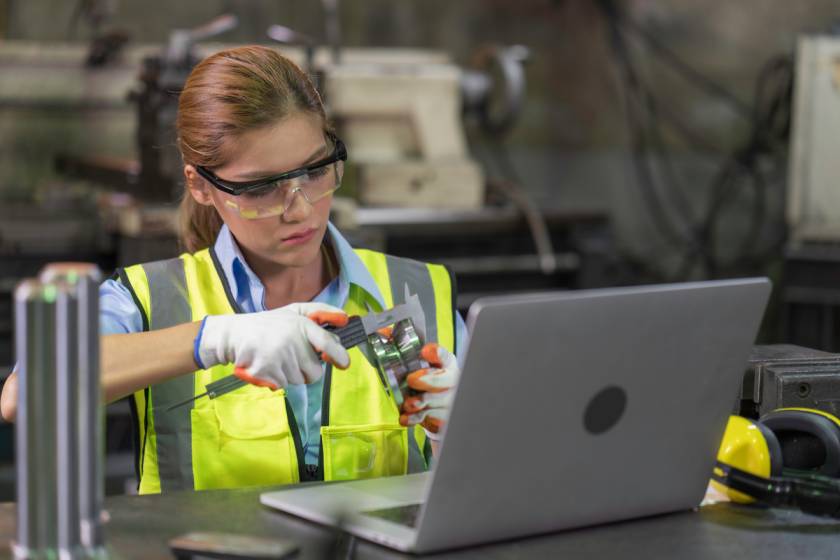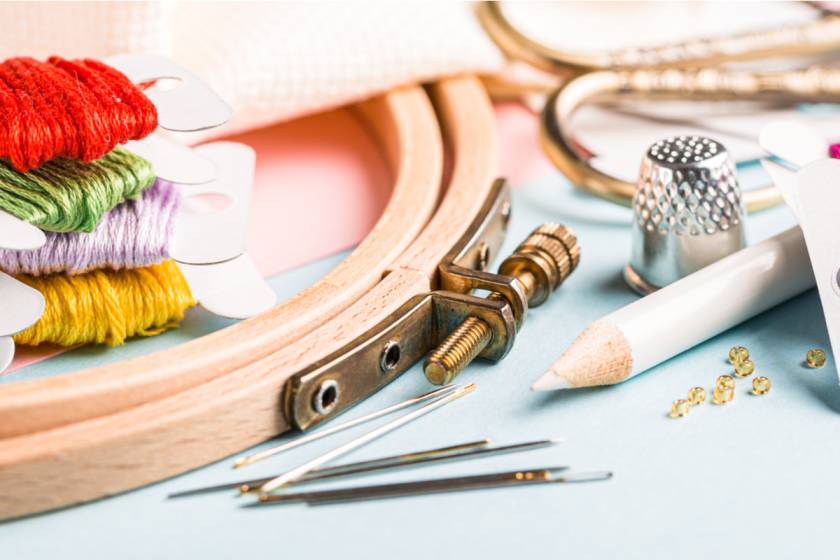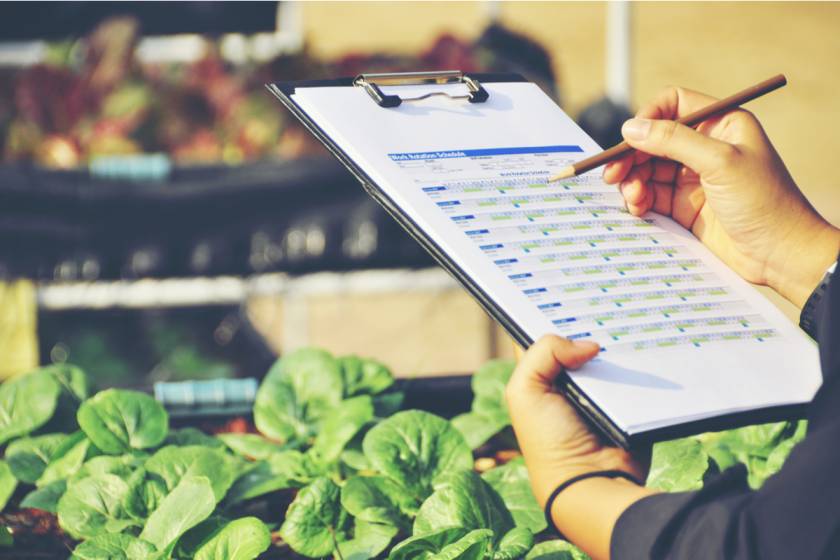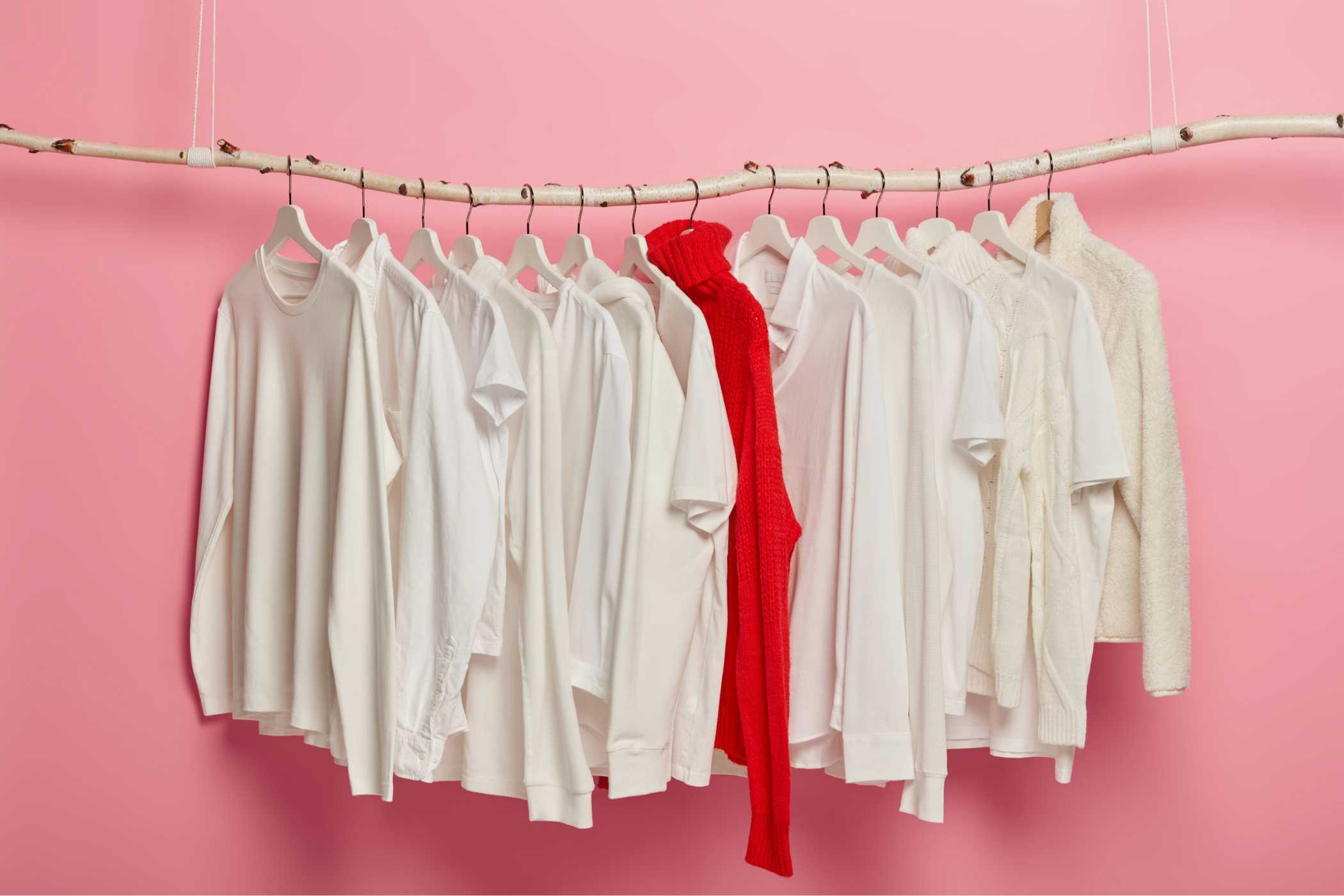Production and Quality Control in the Garment Industry



Introduction
Garments manufacturing has taken a giant leap in the past few years. Consumers prefer shopping for ready-made clothing instead of going through the hassle of buying fabric and getting it stitched. This has led to the boom of garment industries that mass manufacture ready-made clothing.
The apparel industry is customer-oriented, which prefers high-quality clothes at affordable prices. In such situations, manufacturers are always looking to decrease their production costs without compromising quality.
According to industry experts, the best way to control production costs is to have a good production process.
A good production process should be smooth and efficient, using the resources in the best possible manner and causing less waste.
A production process in the garments manufacturing business is where the raw materials, in this case, unstitched fabric, is converted into stitched ready to wear goods. The raw materials go through several steps before they are dispatched to the clients.
Let us understand the various step of the production process in the garments industry-
1. Production planning-
The foremost step towards the production process is production planning. This is the step where the entire production of the product, from start to finish, is planned. The raw materials required are charted out. Depending on the size of the manufacturing facility, the production process may include different levels of automation.
After an order is received, the person in charge creates a production process to be followed by all the personnel involved. Every step in the production process is planned and marked down to avoid errors. This way, the production process goes smoothly without hindrance, as everyone involved understands their roles exactly.
Once the production planning is done, the production moves to the next step.
2. Raw materials sourcing and inspection-

After the initial planning, a list of the raw materials required for the production is ordered from the supplier. The supervisor in charge of this may send a purchase order to the seller to procure the goods.
Estimating the raw materials’ quantity required at this stage is important. A deficit of raw materials can cause delays in the production process.
Once the goods are received, a quality check is conducted. The fabric and other items are checked for any defects. Good quality products that can endure the production process are vital here. If the raw materials received are satisfactory, the production moves to the next stage.
3. Fabric laying and cutting-
The next step is to lay out the fabric for the cutting process. Here, the workers pile up the layer of clothing to be cut.
The essence here is to lay the fabric to maximise the entire cloth yarn usage, thus creating a minimum wastage. This is an important way to cut costs in the production process leading to the low cost of the finished goods.
One way to ensure the maximum use of the fabric is to place the length of the garment along the edge of the fabric and cut the pattern on the right grain.
Another important step here is to ensure that the fabric is laid on the wrong side. All the marking and cutting must happen on the wrong side of the material. It is turned right only after the stitching process.
Also, the fabric should be laid in the exact direction of the garment. If not, the finished garment may end up having an upside-down pattern. After ensuring all these steps, the fabric is marked.
The carefully laid-out fabric is then cut manually or using computer-guided technology.
4. Customisation of the clothing-
Customisation of the clothing such as logo printing or any kind of design work such as embroidery, zari or any other embellishment is done on the fabric at this stage. Screen printing on t-shirts is also done in this step. Most garment factories have computerised processes to include customisations on the clothing at the client’s request.
After these customisations are in place, the production moves to the next step.
5. Stitching-

All the pieces of fabric now come together in the stitching process. Here the garment takes the final shape.
The stitching process is the most time-consuming in the manufacturing process of garments as workers do it on sewing machines. Therefore it is essential to optimise this process.
Most garment manufacturing units have an assembly line for the stitching process. Here workers sit in lines and pass on the fabric to each other for step by step stitching. For example, while assembling a women's kurta, one worker may attach the neckline and pass it on to the next worker who attaches the sleeves. This optimises the time it takes to finish the entire garment.
6. Fussing and ironing the garment-
At this stage, the product is given a finished appearance by ironing. The edges of the garment are picked to seal in any loose threads. The garment is then checked for any defects or stains. If no defects are found, the necessary embellishments such as buttons, hooks or zips are added.
Finally, the garment is hot pressed to give it a finished look.
7. Final stage-
An extensive quality check is then conducted on the finished garment before it is packed and shipped to the client.
A good production process is vital for any garments manufacturer. Certain advantages of having a good production system in place are-
- It ensures that the raw materials are used most efficiently, thereby reducing wastage and cost of production of the item.
- A good production line guarantees almost zero error. When handling a large quantity of fabric, even a small error can be a huge loss on the manufacturer. With an efficient production line, workers know their roles exactly, giving no margin for errors.
- Good production planning reduces labour costs as well.
- It speeds up the production process.
Apart from the production process, a garment manufacturer should emphasise another aspect of the manufacturing process- Quality control.
Quality is the most desirable characteristic of a garment. Therefore, quality control in the garment industry is very significant. It ensures that the client receives durable products without any defects. Providing good quality products also creates goodwill among the clients.
Everyone spending their money is looking for good quality products that look good and new for a long time. Therefore, there is always a demand for a manufacturer that produces high-quality products at low costs. Quality control is required to do this.
In the manufacturing process, quality control should be done in every production step. This helps identify any mistakes made by the workers on time, making it easier to rectify. This procedure is called Total Quality Control (TQC).
Let us understand how quality control pays out in each of the production steps-
1. Deciding the quality of the product -
Deciding the quality of the end product before the initiation of production is essential. This ensures that the end product manufactured is up to the expected quality. The client usually specifies this. The supervisor must ensure that the end product is up to the client's specifications.
2. Quality checks on raw materials received-
Before starting the production process, the raw materials, especially the fabric, are checked for quality. Things like the colour, fastness, thickness, gsm are checked. The fabric is also checked for any defects.
3. Quality checks during fabric laying and cutting-
Quality check at this stage is essential as even slight negligence in the laying and cutting of the fabric may lead to huge losses for the production house. The fabric should be correctly aligned with the machines and marked exactly with the cut piece. During the fabric cutting, the workers need to ensure that the fabric is in line with the machine, the drill hole should be placed exactly and avoid yarn fraying at the corners. It is also essential to maintain the perfect cutting angle. So, to avoid mistakes, trained personnel should be made to handle the cutting machinery.
4. Quality checks during sewing-
The supervisor should ensure that the correct pieces are stitched correctly. Things like thread colour, needle size and measurement of the garment should be checked. Any errors at this stage can easily be rectified.
5. Quality checks on the embellishments-

These are the minute details that need attention. Things like the perfect alignment of bottoms and bottom holes, hooks to their nooks, and checking if the zips function smoothly.
6. Checking
After the garment is stitched and all adornments are in place, a final quality check will ensure that the finished garment is up to the client specifications.
A few things to consider for the final quality check are-
- The final look of the stitched item
- The colour and cut of the garment
- The stitching of the garment
- The fall and feel of the garment
- The size and shape of the garment
- The colour fastness
Once these things are checked and found to be up to the standards indicated at the start of the production, the quality check process is complete. Any defective items should be kept separate, and the rest can be carefully packaged.
Want good quality products without the hassle of the production and quality checks? Try Fashinza.
Fashinza is an online B2B platform that will help escalate your apparel business. If you are looking for garment suppliers, we will help you. Just place an order with us for the items you require. We will take care of the entire manufacturing process and send you market-ready goods. Sounds too good to be true? Reach out to us @ Fashinza.com to know more about us.



















